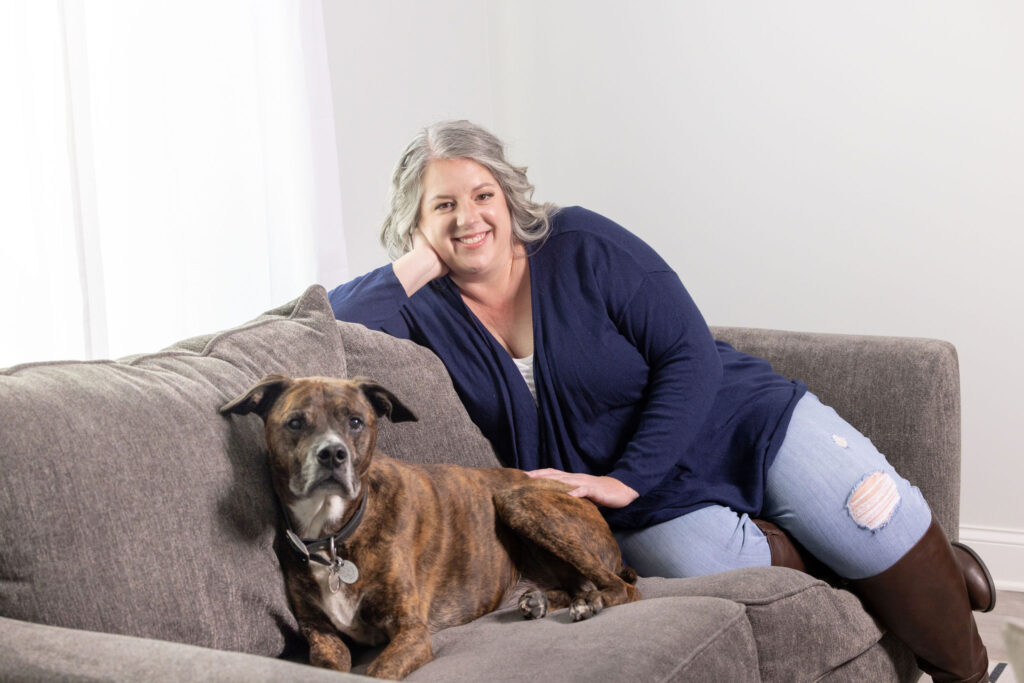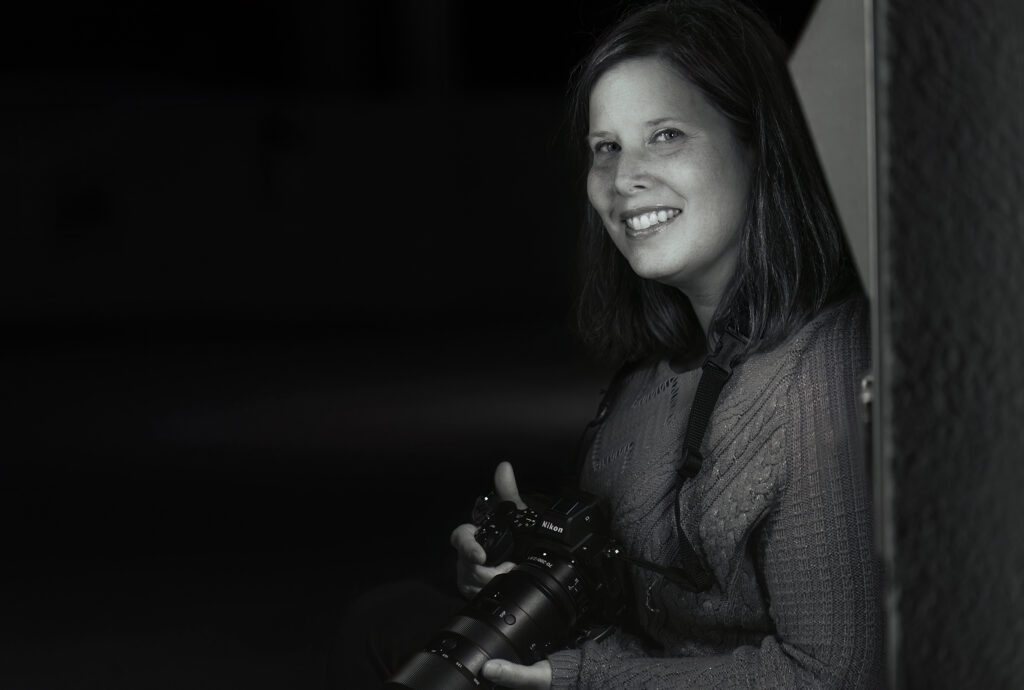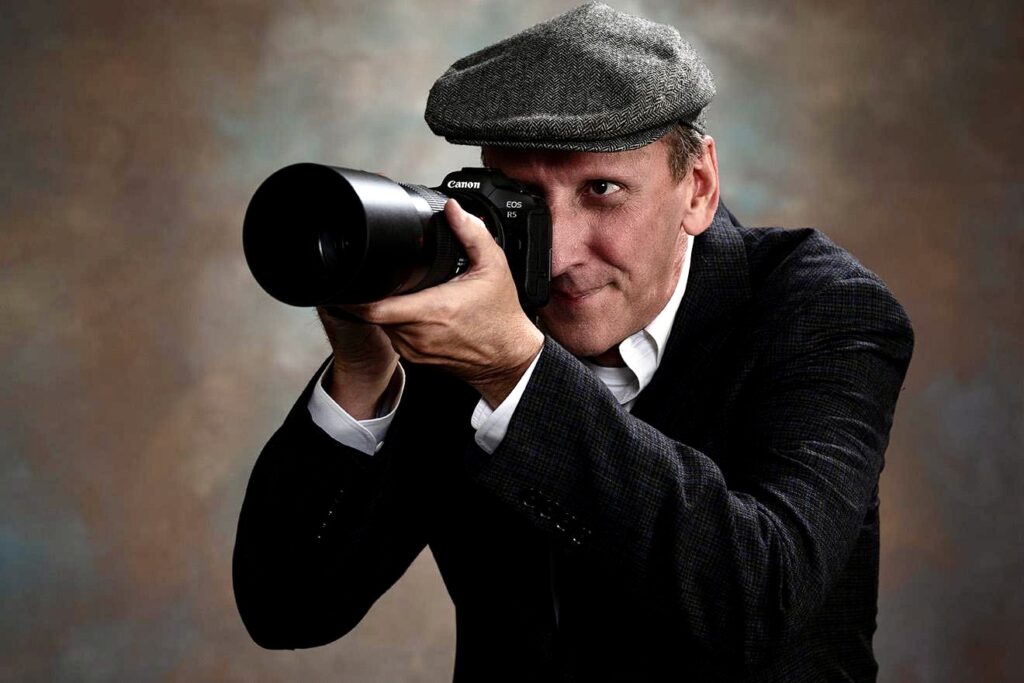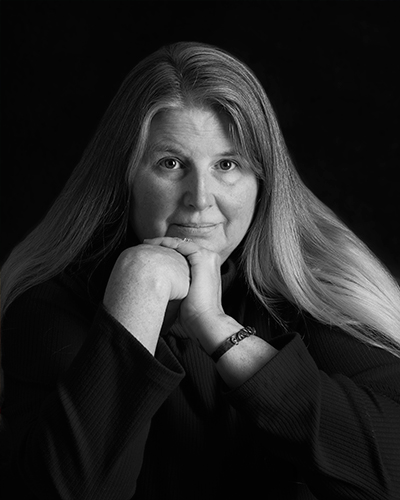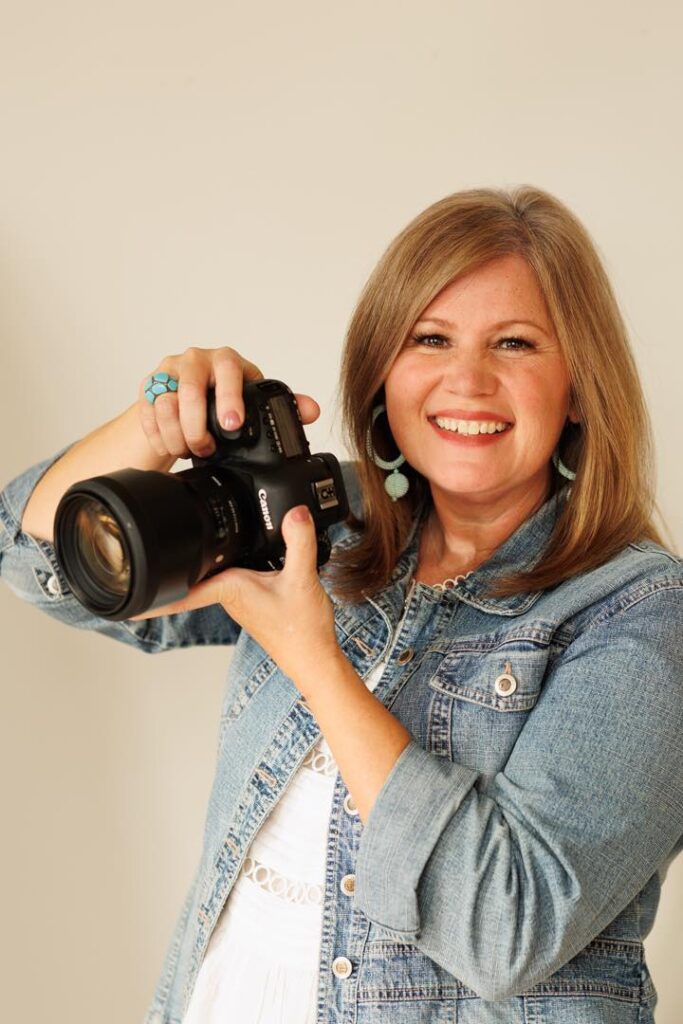Competition Will Be Held: September 27, 2025 at 12 pm ET
Deadline: Submit Images at printcompetition.com by Sept 25, 2025 at 10 pm ET
Whether you are just getting started in image competition or a seasoned veteran, here is what you need to get started:
Meet our Esteemed Judging Panel
The image competition will be held online at printcompetition.com. That’s right, you can compete from the comfort of your own home! Each image will be spoken to by the judging panel. For this competition, we have secured a judging panel of esteemed experts.





PPETN Image Competition FAQs
Here you will find answers to common questions when it comes to image competition. Have another question that isn’t answered here? Reach out to the PPETN Image Competition Committee listed below.
How do you create an image border or mat?
Navigating the world of image competition can be a bit daunting, especially when it comes to matting your images. But don’t worry, we’ve got you covered with some friendly, easy-to-follow tips!
One of the key aspects of presenting your competition images is ensuring they have the right mat. A well-chosen mat can make your image look complete and professional, perfectly complimenting your work.
So, what’s a mat made up of? It has two main components: the border and the keyline. The border is the area that surrounds your image, extending outward, while the keyline is a thin stroke that encircles the outermost edge of your image, creating a clear distinction between the image and the mat.
Here’s a handy tip: Less is more! Aim for a mat that’s color-balanced and enhances your image without overpowering it. Stick to matching color themes and try to avoid strong textures or contrasting colors that might distract from your photo.
When it comes to the keyline, subtlety is key. Keep it to a maximum of 5 pixels, though many judges prefer it to be 3 pixels or fewer. The keyline should act as a gentle border, not stealing the spotlight but instead framing your image in a clean, unobtrusive way.
Remember, the goal is to enhance your image with a mat that complements and completes it, creating a harmonious and professional presentation.
Need more help? Check out this video here for additional guidance.
What is a Guide Image?
Creating a guide image is an essential step in image competition. A small representation on your mat shows the judges the various elements used in your image. Sometimes, photographers use stock images for certain components in their finished pieces.
For Photographic Open categories, if you’ve used any elements that you didn’t create, you need to reference them with a guide image. This includes things like sky replacements or any graphic elements added to enhance the overall image.
For Master Artist entries, it’s a bit more detailed – you must include guide images for every element used in your composition, no matter where they came from.
Copyright Note
If you incorporate any image elements that you didn’t create and they’re not stock or covered under fair use, you MUST have a release or permission from the original creator. No exceptions.
You also cannot copy and paste images from external sources like social media into your work unless you have obtained the appropriate legal usage rights.
By following these guidelines, you’ll ensure your entries are both stunning and compliant.
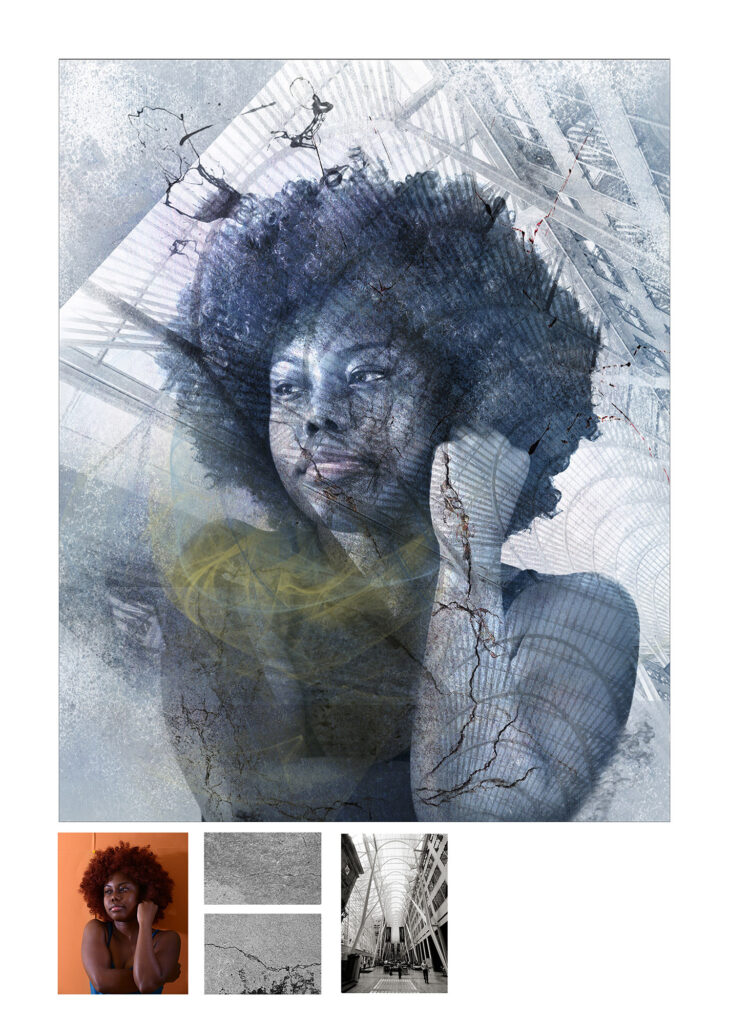
Image Provided Courtesy of Elena Ganusova
Is a title really necessary?
Short answer: YES!
So, why does it matter? Titles are often called “The 13th Element” because they add a layer of storytelling, showcase your creativity and amplify the impact of your overall presentation when announced. Even a fantastic image can lose points if it has a poorly chosen title.
Here are some quick tips for titling images:
- Wordplay: A clever play on words or phrases can go a long way
- Short & Sweet: Titles are read aloud when your image is displayed for the judges. “Moose Caboose” is going to resonate better than “3 Moose standing in field walking to the left”.
- Alliteration is helpful!
- Clarity: Don’t be too esoteric. Make sure that the judges are going to “get” your title.
- Emotions: If your title can make a judge laugh, cry, smile, or gasp, you have gone a long way in developing impact for your image.
Competitions often involve scoring between 50-200 images. Imagine if your image is near the end of that very long list. How can your title grab the judge’s attention? Instead of “Alligator swimming away in lake” consider something like, “See ya later, Alligator”.
With a great title, you’ll ensure your image stands out and leaves a lasting impression.
Who am I competing against?
Entering an image competition isn’t about outdoing others. Photography is an art form, and like all art, it’s subjective. Sometimes, you’ll come out on top; other times, you might question everything. That’s the nature of the game!
The main goal of any great image competition is to educate. You can learn so much just by participating. Remember, this isn’t about collecting Facebook “likes.” We’ve all seen less-than-stellar images get plenty of “likes” on social media (thanks, Mom!).
Participating in competitions is about putting yourself in front of a panel and learning how to improve and elevate your craft. If you disagree with the judges, seek a critique or ask for advice from a colleague. You might be surprised at how small details can make or break an image. When you start considering these elements during image creation, your work will begin to shine, and you’ll find your unique voice as an artist.
So, who are you competing against? The answer is simple:
You!
Where can I find the Rules?
You can find all the rules on the Rules Page here.
How do I know what category to enter my image in?
You can find examples and categories on the Categories Page here.
How many images can I enter?
You can enter a maximum of 10 images.
How do I know what size my image should be?
Wondering about the right size for your competition image? Don’t worry, we’ve got you covered. You can find all the details about what you need to know in the rules page here.
Here’s a quick run-down:
- Dimensions: Your finished image, including the mat, should be 4000 pixels on the longest edge.
- Format: All images must be saved as high-quality JPGs with an embedded color profile (sRGB).
It’s crucial to review the image specifications for each competition to make sure you’re submitting an image with the correct dimensions.
Note about DPI:
DPI (dots per inch) is a term used for print specifications and isn’t relevant for digital-only images. As long as your high-quality JPG has the appropriate pixel dimension of 4000 on the long edge, you’re all set!
Keep these tips in mind, and you’ll be ready to showcase your work in its best light.
Can I enter an image that I have previously entered?
TNPPA Competitions:
Resubmitting Lower-Scoring Images: If you previously entered an image in a TNPPA Competition and it scored 79 or below, you can rework the image and enter it into a PPETN competition.
High-Scoring Images: Images that scored 80 or above in a TNPPA competition can not be entered into PPETN competition.
Merit Image Review (PPA/MIR)
If you have entered an image to PPA’s Merit Image Review (2023 and forward), you may enter it into PPETN competition regardless of merits received from PPA.
Just remember that MIR size requirements differ from PPETN competitions so double-check your file size before submitting.
International Photographic Competition (IPC)
If your image earned a medal in IPC (Top 32, Top 16, etc), it is not eligible for local-level competition (PPETN).
What is printcompetition.com and why do I need an account?
Wondering what printcompetition.com is all about and why you need an account? Let’s break it down!
A lot of work goes on behind the scenes to prepare for an image competition. The platform at printcompetition.com helps streamline every aspect, from setup and judging to spectator apps and payment processing for entries. It’s a one-stop-shop that makes managing competitions much more efficient.
We require each participant to register for a basic account, which costs a modest $14 per year. This basic account is essential for participating in our competitions. If you plan to participate in Merit Image Review or other state competitions, we highly recommend getting a premium account ($18/quarter or $67 annually). A premium subscription offers a wealth of resources, including access to archived image competitions from various areas, judges’ audio (when available), scoring details, and much more. It’s an invaluable learning tool for anyone serious about competing.
The platform is free for organizations to use, with operating expenses covered by participant subscriptions. PPETN greatly appreciates the robust features of this platform and the hard work that has gone into its creation. We’re also thankful to those who subscribe to the premium account, as it helps keep costs down and supports the development of new tools.
By using printcompetition.com, you’ll have access to an efficient and comprehensive system that enhances your competition experience.
When can I upload my images to PrintCompetition.com?
Competition entries can be uploaded starting 30 days before the event. Please pay attention to the deadline to upload images on printcompetition.com.
Meet the PPETN Image Competition Committee
Have a question? Reach out to any of the people below or send a message to competition@ppetn.com. We are here to help.
